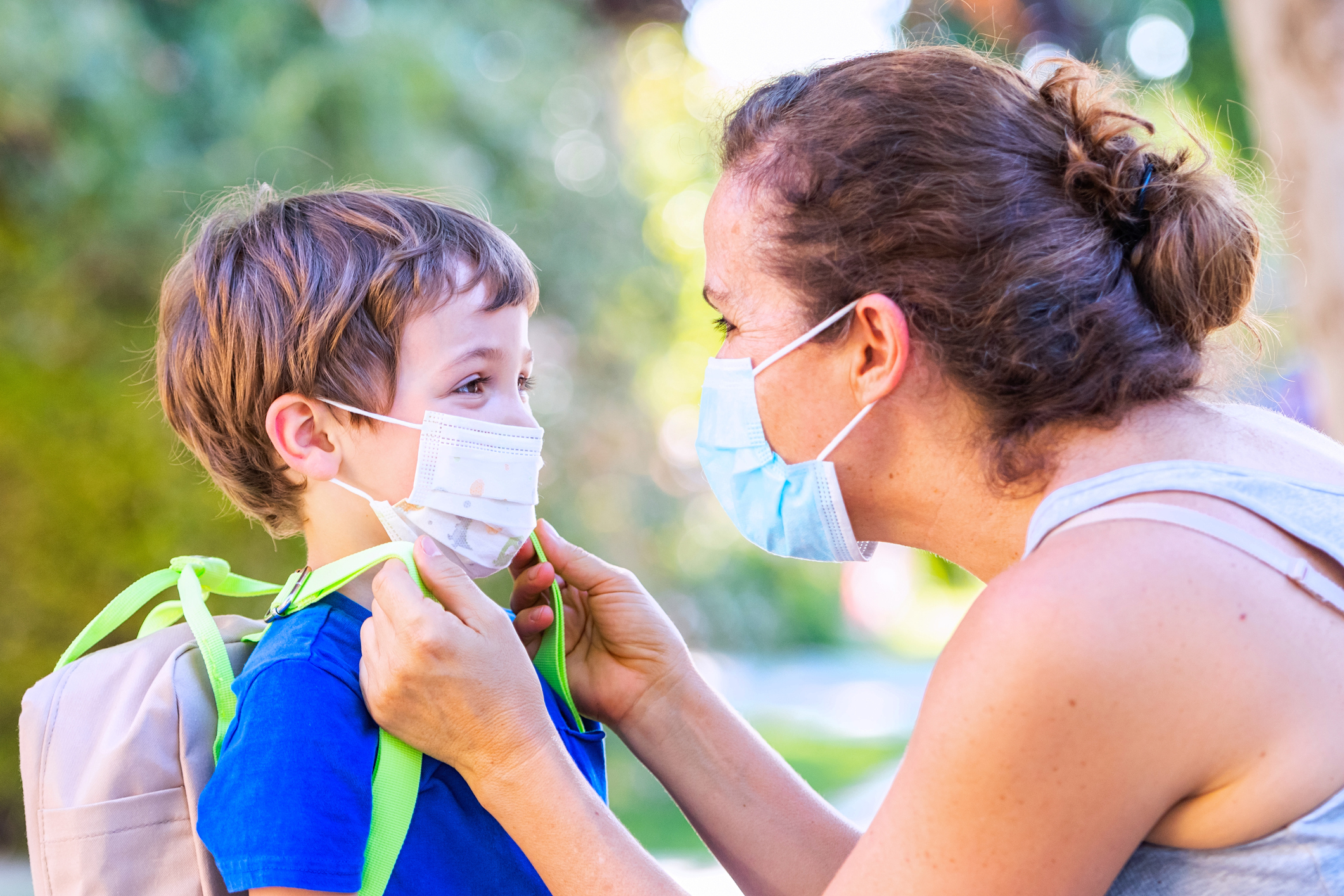High-filtration masks are becoming increasingly popular due to their ability to filter out airborne particles and contaminants. These masks are designed to provide a high level of protection against airborne particles, such as dust, smoke, and other allergens. In addition to providing better air quality, high-filtration masks can also reduce the spread of infectious diseases and help to protect against airborne viruses.
High-filtration masks are most commonly made from a fine mesh material that is designed to trap airborne particles. The mesh is usually made from a synthetic material such as polyester and is designed to be able to capture particles that are as small as 0.3 microns. This makes them effective against a wide range of pollutants, including allergens, dust, smoke, and even some bacteria and viruses.
In addition to providing better air quality, high-filtration masks can also help to reduce the spread of infectious diseases. These masks are designed to fit securely over the nose and mouth and help to filter out airborne particles that can contain viruses or bacteria. By filtering out these particles, the spread of disease can be greatly reduced.
High-filtration masks are becoming increasingly popular among those looking to reduce their exposure to airborne particles and contaminants. These masks are designed to provide a high level of protection and can be used in a variety of settings, including hospitals, schools, and other public places. They are also becoming popular among those who are looking to reduce their exposure to airborne particles while outdoors.
High-filtration masks are an effective way to reduce airborne particles and contaminants and can help to reduce the spread of infectious diseases. These masks are becoming increasingly popular due to their ability to filter out a wide range of particles, and are a great way to improve air quality.
Here are Some of the Guides on how to Choose High- filtration Ask:
- Determine whether you need a high-filtration mask. These masks are designed to protect the wearer from inhaling particles like pollen, dust, and smoke.
- Check the label to see what type of filter the mask contains. High-filtration masks usually contain an N95 or N100 filter, which is designed to filter out 95-100% of airborne particles.
- Look for a mask with a snug fit. Masks that are too loose or too tight won’t do much to protect you from particles.
- Make sure it has a nose wire. This helps to create a tight seal around your nose and cheeks.
- Consider the fit of the mask. It should cover your nose and mouth completely, with no gaps.
- Look for a mask with two or more layers. Multiple layers of fabric can help to trap smaller particles.
- Make sure the mask is comfortable to wear. If it’s too uncomfortable or difficult to breathe through, you won’t be wearing it correctly.

High-filtration masks are recommended for healthcare workers and those who are at a higher risk of getting the virus. They should also be worn by people who work in crowded or poorly-ventilated areas, such as grocery stores and public transportation.
These masks are also helpful for people who are out in public, as they can help reduce the spread of the virus by preventing the wearer from spreading their germs to others. Wearing a high-filtration mask can also provide a sense of comfort and security for those who are anxious about the virus.
It’s important to keep in mind that high-filtration masks should be worn properly in order to be effective. They should fit snugly on the face, covering both the nose and mouth and should be replaced regularly. They should also be used in combination with other preventative measures, such as frequent handwashing, social distancing, and avoiding touching your face.
High-filtration masks can be an effective way to protect yourself from other airborne illnesses. However, it’s important to remember to use them correctly and in combination with other preventative measures.
Wearing a mask has become an essential part of staying safe and preventing the spread of the virus. The primary purpose of wearing a mask is to reduce the spread of airborne droplets from coughing or sneezing. These droplets can contain the virus and cause it to spread from one person to another. By wearing a mask, you reduce the risk of unknowingly spreading the virus to others.
When choosing a mask, it’s important to get one that fits properly and is made of a material that can filter out particles. Cloth masks are the most common type of mask available and are recommended for everyday use. However, medical-grade masks such as N95 respirators provide the best protection against airborne particles.
In conclusion, high-filtration masks are essential for preventing the spread of the virus, they should never be used as a substitute for social distancing. By choosing the right mask and wearing it properly, we can all do our part to reduce the airborne transmission of the virus.


